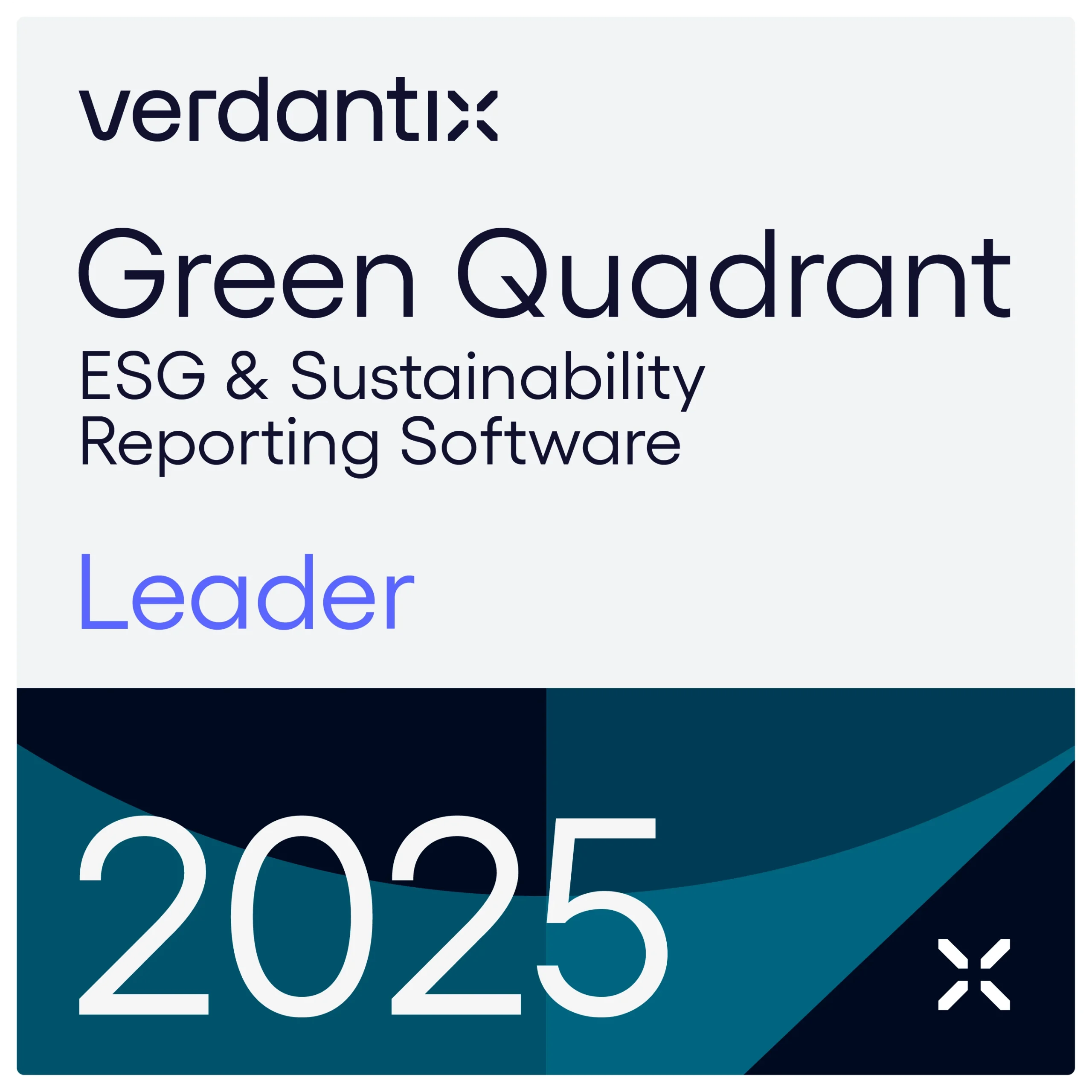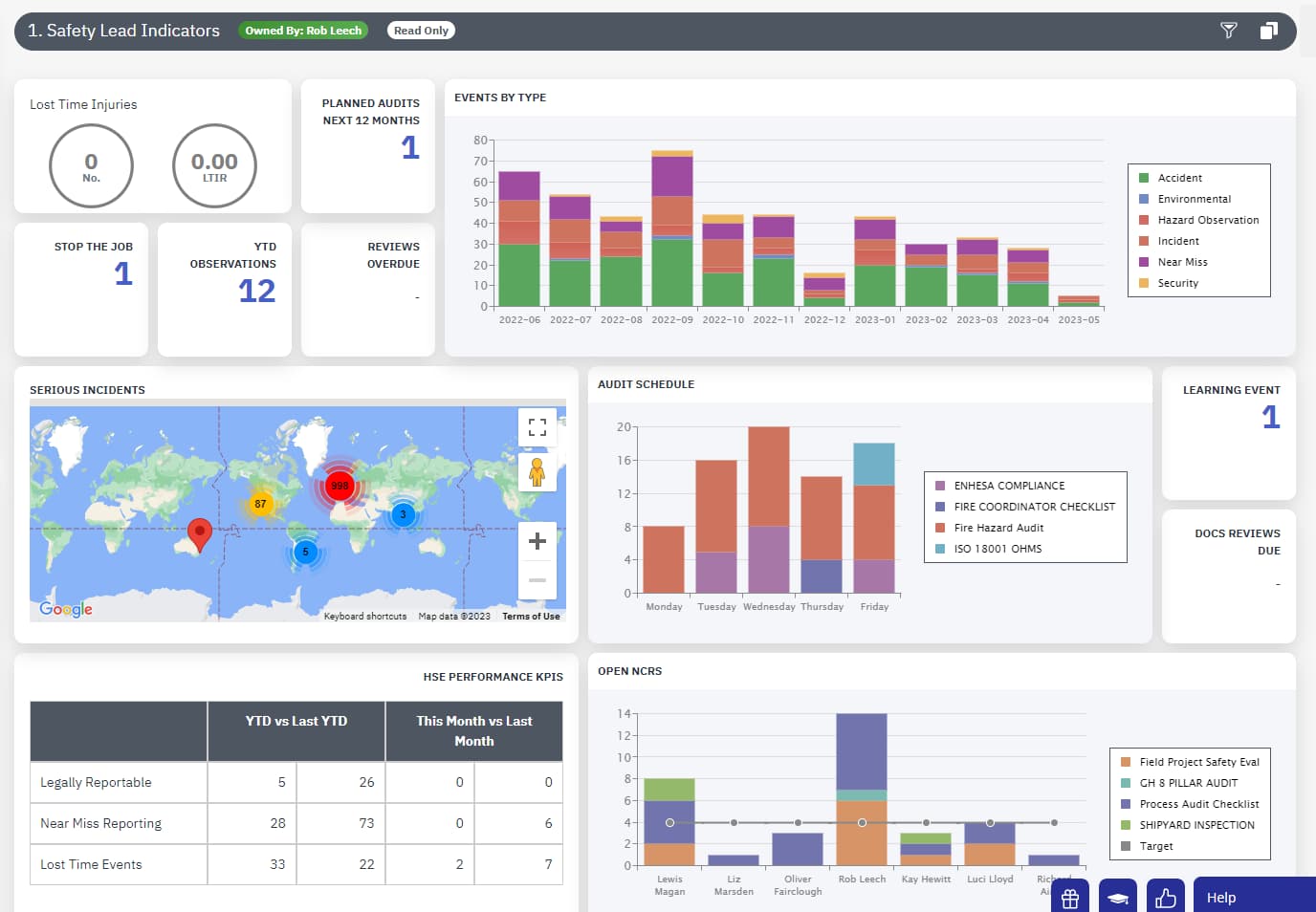How to align with the UK’s TCFD and CSRD climate risk requirements

Climate-related risks are intensifying. Floods, droughts, and wildfires have become common news stories. With investor scrutiny also mounting, businesses are under pressure to adopt a proactive approach to climate risk reporting.
The good news is that sustainability reporting frameworks are evolving in different but complementary ways. While the UK’s Task Force on Climate-related Financial Disclosures (TCFD) rules and the EU’s Corporate Sustainability Reporting Directive (CSRD) aren’t identical, they align beautifully in many areas. More and more companies are now required to take part in climate risk reporting under one or both of these frameworks and this number is only expected to grow.
Following both frameworks may not be required for everyone just yet, but it’s a smart move that will help future-proof your business. A comprehensive approach to climate risk disclosure will make sure you’re covering all your bases, staying ahead of regulations, keeping stakeholders informed, and building stronger, more transparent sustainability practices.
Discover how you can effectively align your reporting with both TCFD and CSRD climate risk requirements to streamline your ESG strategy.
Table of contents:
Click on a specific section below to easily navigate to that area:
- 1. What is the TCFD framework?
- 2. What is the CSRD?
- 3. Key differences between the TCFD rules and the CSRD
- 4. Steps for effective alignment
- 5. Common climate risk reporting pitfalls to avoid
1. What is the TCFD framework?
The Task Force on Climate-related Financial Disclosures (TCFD) guidelines, launched in 2017, provide a global framework for organisations to assess and report the risks and opportunities climate change poses to their business. They aim to make climate risk reporting more straightforward for organisations and more useful for stakeholders.
The regulations encourage transparency in four main areas:
- Governance
- Strategy
- Risk management
- Climate metrics and targets
With 11 detailed recommendations, the TCFD guidelines help organisations structure their reporting clearly. In the UK, large firms and central government bodies are now required to follow these and many other public bodies are urged to adopt them.The TCFD rules support organisations in building climate resilience, enhancing strategic planning, and aligning with growing regulatory demands.
2. What is the CSRD?
The Corporate Sustainability Reporting Directive (CSRD) is a significant EU regulation designed to improve how companies report on sustainability. Implemented through the European Sustainability Reporting Standards (ESRS), its purpose is to make environmental and social reporting clearer, more consistent, and more useful to stakeholders. As the directive expands its reach, companies need to be ready for increased expectations around ESG and climate risk disclosure.
A key feature of the CSRD is the concept of Double Materiality. This means companies must look at sustainability from two angles:
- Financial materiality: Focuses on how environmental and social issues, including climate risks, could influence the company’s financial outlook.
- Impact materiality: Considers how the company’s own activities affect people, communities, and the environment.
By combining these views, businesses gain a broader understanding of their sustainability-related risks, impacts, and opportunities. The CSRD strengthens the approach to climate risk disclosure by requiring organisations to assess and report how climate and sustainability factors shape both their performance and their broader impact.
3. Key Differences between the TCFD rules and the CSRD
The TCFD rules and CSRD are both tools designed to improve how organisations communicate the risks they face from climate change. But they take different paths to reach that goal.
The TCFD guidelines are focused specifically on climate and provide a set of recommendations to help companies think through and explain how climate risks might affect their financial performance. It’s a framework that encourages forward-looking analysis and has become a regulatory requirement in some countries like the UK.
In contrast, the CSRD, an EU directive, has a much wider reach. It doesn’t stop at climate but includes all areas of environmental, social, and governance responsibility. A central feature of the CSRD is the idea of Double Materiality, which asks companies to report not only on how sustainability issues affect them financially, but also on the effects their business has on people and the planet. It also requires detailed reporting on greenhouse gas emissions (including indirect ones across the value chain) and outlines specific actions businesses must disclose.
Even though their scopes differ, the two frameworks complement each other. The CSRD draws on the structure and concepts introduced by the TCFD guidelines, particularly around climate risk and governance, making it easier for companies familiar with one to adapt to the other. Together, they help build a more complete picture of how organisations impact, and are impacted by, a changing world.
4. Steps for effective alignment
To align with both the TCFD and CSRD frameworks, organisations should aim for a coordinated approach that addresses climate-related risks as well as broader ESG responsibilities. While TCFD rules focus on how climate change may impact a company’s financial outlook, the CSRD goes further by asking businesses to also consider how their operations impact people and the planet.
Here’s how you can align with both frameworks.
1. Review and improve your current reporting practices
Start by reviewing how your organisation currently reports on sustainability topics. Compare these efforts against what the TCFD and CSRD frameworks expect. Pay attention to climate risk, broader ESG issues, and the level of detail required. Make sure to identify areas where information may be missing or outdated.
2. Build internal understanding and ownership
Both frameworks require clear leadership and collaboration across departments. Make sure relevant teams like sustainability, finance, operations, and legal, understand what each framework covers. You may even want to set up internal groups to oversee your climate risk reporting.
3. Understand and apply double materiality
A central part of the CSRD is “double materiality,” which looks at how sustainability issues affect your organisation and how your organisation affects the environment and society. Conduct regular assessments that involve stakeholders and consider short- and long-term impacts across your value chain.
4. Strengthen your data and systems
Reliable data is crucial for meaningful reporting. Work toward centralising ESG and climate-related data and explore tools that can help you streamline reporting and ensure accuracy. Clear recordkeeping supports transparency and will make future reporting and audits effortless. Ecoonline’s suite of ESG reporting software simplifies climate risk reporting and provides actionable insights to drive sustainable decision-making.
5. Embed climate risk into strategy
For alignment with the TCFD requirements, ensure climate risk is reflected in your planning and decision-making. This includes having clear oversight from leadership, evaluating climate scenarios, and measuring key climate metrics like greenhouse gas emissions.
6. Prepare for future reporting and assurance
The CSRD requires external assurance of reported information, so it’s important to begin building processes that will stand up to third party review. This means ensuring all assessments are thoroughly documented. This step will also improve the quality and credibility of your reporting over time. EcoOnline’s CSRD Reporting and TCFD Reporting creates a readily- accessible audit trail so you can always prove your compliance with ease.
7. Report clearly and keep Improving
Both frameworks value transparency and regular updates. Always be clear about how you assess sustainability IROs, how they influence your strategy, and which topics are most relevant to your business. Regularly revisit and refine your reporting as expectations evolve.
5. Common climate risk reporting pitfalls to avoid
- Not showing qualitative and quantitative data: Both the TCFD and CSRD regulations expect companies to show real data, especially when it comes to climate risk disclosures. That’s what makes the information trustworthy and useful. Make sure you validate your statements with powerful proof.
- Neglecting double materiality: CSRD requires reporting on both the impact of sustainability issues on the business and the business’s impact on people and the planet. Your report won’t be complete without a thorough assessment of both sides of the equation.
- Not completing a forward-looking risk assessment: The TCFD rules really stress the need for forward-looking analysis, such as climate scenario planning. This should be integrated early, not treated as an afterthought.
- Waiting until assurance is mandated to build your climate data infrastructure: CSRD will require reasonable assurance, and building verifiable reporting systems takes time. Delaying this work will create last-minute compliance risks. It’s better to start early by documenting processes and strengthening internal controls to ensure audit readiness.
- Treating assessments as a one-time exercise: Both TCFD and CSRD frameworks require regular updates to reflect evolving risks, stakeholder expectations, and regulatory developments. A static assessment will miss emerging issues or shifts in impact. This will lead to outdated or incomplete reporting.
- Failing to engage stakeholders early (or effectively): CSRD in particular expects transparent dialogue with stakeholders, including affected communities, employees, and investors. Overlooking this step will weaken your double materiality assessment and undermine the credibility of your reporting.
Successfully aligning with both the TCFD and CSRD climate risk requirements should be viewed as more than just a box ticking exercise. These complementary frameworks provide the structure you need to improve your overall ESG strategy, boost transparency, and meet the rising expectations of investors, regulators, and stakeholders. EcoOnline’s Climate Risk reporting solutions make it easier than ever to stay on top of all of your climate responsibilities with confidence.
About the author
Stephanie Fuller
Content Writer













